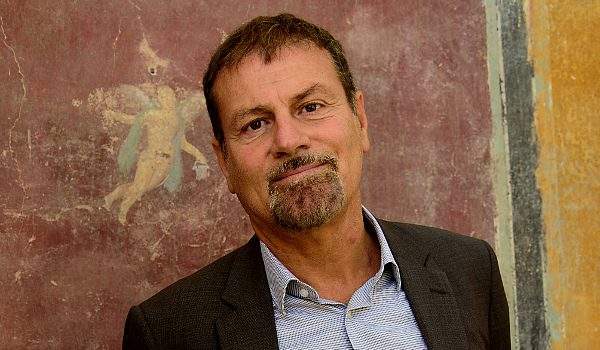Massimo Osanna, the archaeologist who changed Pompeii, is the new director of the Italian Museums
Massimo Osanna, the director of the Archaeological Park of Pompeii, the man who revolutionized Italy’s most famous archaeological site, is the new director of Italian Museums. He succeeds Antonio Lampis: confirmation came today from Cultural Heritage Minister Dario Franceschini.
“A prestigious post with a strong international projection,” Franceschini said, thanking the outgoing Antonio Lampis, “for the commitment and professionalism shown in recent years. Massimo Osanna has changed the face of Pompeii, which, thanks to his work, has become a management model and an international reference point: a story of redemption that makes us proud. Osanna’s experience and professionalism will now serve to renew the entire national museum system and carry it into the future.”
Massimo Osanna, an archaeologist, was born in Venosa (Potenza) in 1963, graduated in classical literature in 1985 and received his doctorate in Greek and Roman archaeology from the University of Perugia in 1992. From 2002 to 2007 he directed the Graduate School of Archaeology at the University of Basilicata, and from 2009 to 2014 at the same university he directed the Graduate School of Archaeological Heritage. From 2014 to 2015 he was special superintendent of Pompeii, and since 2016 he has been director of the Archaeological Park. He is also a full professor of classical archaeology at the Federico II University of Naples and will take up his post at the General Directorate for Museums of the Mibact on Sept. 1, 2020. He will remain acting director of the park until a new director is appointed.
“The new director of the Archaeological Park of Pompeii,” the minister then announced, “will be chosen through the international selection procedure that since 2014 has made it possible to choose the best, exclusively on the basis of curriculum, in Italy and around the world, for the directorates of the largest Italian museums and archaeological parks.”
 |
| Massimo Osanna, the archaeologist who changed Pompeii, is the new director of the Italian Museums |
Warning: the translation into English of the original Italian article was created using automatic tools. We undertake to review all articles, but we do not guarantee the total absence of inaccuracies in the translation due to the program. You can find the original by clicking on the ITA button. If you find any mistake,please contact us.




























